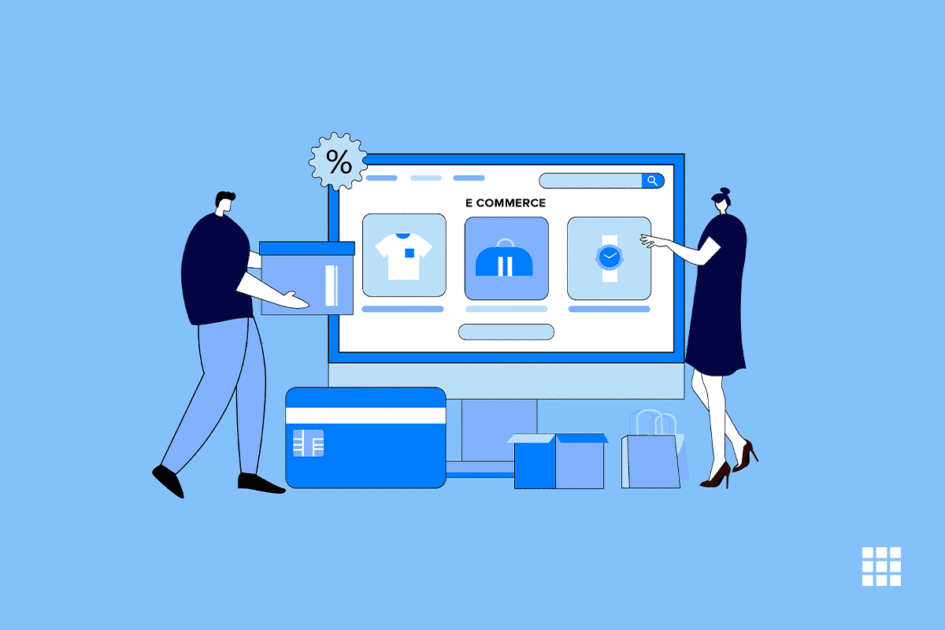5 Tips to Build a Strong Inbound Marketing Strategy
Once you build your online store, get the right WooCommerce Hosting and optimize your website for Content and SEO and more – it’s time to put these inbound marketing strategies to work.1. Leverage Social Media to Create Value
While most brands already use social media to grow a customer base, the best use of social media is to use it as a platform to not just sell but also to educate, interact and engage. For ecommerce businesses, Facebook Marketing and Instagram Marketing are probably the most widely used platforms. You can easily allow your customers to shop from these platforms directly or redirect them to your website. The best part is, however, that you can use these platforms to create more value for your customers. Reels, videos, carousel posts, stories and other features allow you to share valuable information about your brand and products. You can get creative to boost engagement and interactions. This allows you to persuade your customers to follow you, engage with you and even shop with you. So, use your social media handles to not just sell and push but engage and persuade.2. Create Personalized Content
For your ecommerce inbound marketing strategy to work you need to get up, close and personal! Personalizing your content and messaging makes it more relevant to your target audience, thus, giving them that subtle nudge to convert. Personalized content does not stop at addressing someone by their first name, in fact, that’s just the tip of the iceberg! Knowing your website visitor’s location, gender, language, age group, previous interactions, declared interests, browsing history and time of visit to your website are all key pointers that can help you personalize your website content for them. Personalization is all about refining your website content in a way that each potential customer sees exactly what they are looking for and what is relevant to them. This is a critical step to tip over a potential customer to a paying one.3. Get Creative with AR and VR
Augmented and Virtual Reality is not the future – it’s the present! Using these technologies is a clever way to allow your website visitors to truly experience your ecommerce products before they make a buying decision. Say, for example, you are an ecommerce store that offers home décor products. Allow your customers to place different products in a virtual home environment to be able to better imagine how the products will add value to their own homes. In the same way, if you are selling fashion accessories, home improvement products, travel gear, sports merchandise, or even services like landscaping you can use augmented and/or virtual reality to heighten the shopping experience for your potential customers. AR and VR are industry agnostic, and you can find a way to integrate them with your website to give your customers a superior experience that persuades them to go ahead and do business with you.4. PPC for Inbound Marketing
While most paid advertising falls under the outbound marketing category, if you create search intent PPC posts, you can flip it over and direct users to relevant content on your website. It’s almost like an SEO approach, where you populate relevant content when a user is searching for a particular product/service that you offer. The idea is to offer valuable content rather than just selling your products/services. So, you need to create content not just for the exact Keyword, but also for potential keywords that could be used by users. This is also a great way to make your ecommerce store compete with mega-retailers, and win!If your ecommerce store sells home furnishings, you must focus on:
- Generic keywords like home décor, curtains, rugs and carpets etc
- Reviews and Comparisons for home furnishings
- Adjectives like cheap home furnishing, best home furnishing, rustic home furnishing etc
- Intent-driven searches like how to decorate a modern living room
- Location-specific search, for example, home furnishing in Sydney



Write A Comment